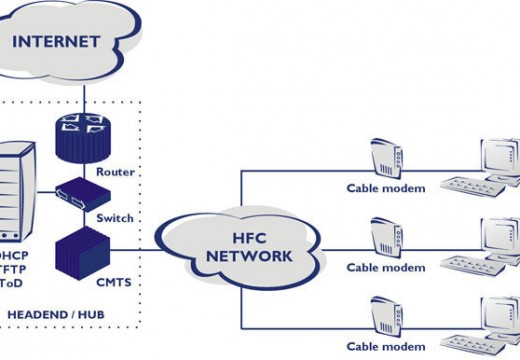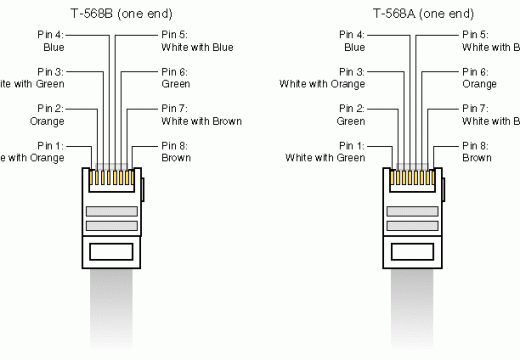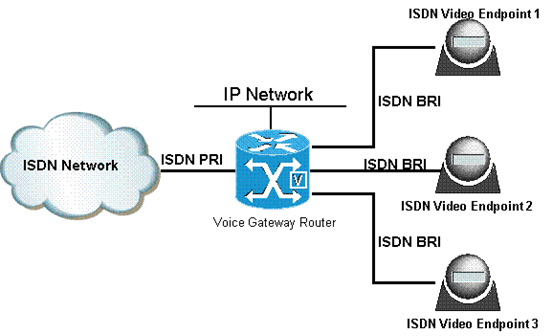Definitions
Integrated Services Digital Network (ISDN): ISDN is a digital transmission system, which is used to transmit voice and data through copper telephone wires. In other words, it's a circuit-switched data transmission system that is used for voice and data transmission over the wire.
Digital Subscriber Line (DSL): DSL is also a digital transmission system and utilizes already installed copper wires to send voice and data packets.
Differences
As far as the differences between ISDN and DSL transmission system are concerned, there are several differences one can find:
Speed
In terms of speed, DSL is faster than ISDN. DSL sends data packets with speeds ranging from 128Kbps to over 100 Mbps using latest DSL standards such as VDSLv2. On the other hand, ISDN comes in two different speeds i.e., 64Kbps and 128Kbps.

Price
In terms of price, ISDN is somewhat more expensive than DSL. The main reason is that DSL utilizes wires that are already installed into homes or businesses, and there is no special line installation needed. However, ISDN lines need to be installed and connection charges vary depending upon the connection you choose. In case of dedicated or, "always on" connections – you will have to pay more as some ISDN packages are charged on per minute basis. A special dial-up package, on the other hand, will cost less and might be an easy option where a DSL connection is still not available.
Technology
ISDN is a dial-up service and transmits voice and data through a single line. There are two types of ISDN: Basic Rate Interface (BRI) and Primary Rate Interface (PRI). BRI is used mostly for residential homes and comes with three channels. On the other hand, Primary Rate Interface (PRI) ISDN is a business version and comes with 24 channels. In this case, 23 B channels are used to transmit voice, data and video – all through the same wire. A D channel carries low speed data and signaling. This signaling is used to generate alarm signals and provide support for non-voice functions. ISDN does not transmit data through analog lines.
DSL connections are often referred to as "always on" connections, so don't do not need to dial up a number. In DSL, there is only a single route for carrying voice, data and video. Two types of DSL connections are widely: Symmetric DSL (SDSL) and Asymmetric DSL (ADSL). These two types of DSL connections differ in their data carrying capacities i.e., upload and download. For more downloading, ADSL is a better choice.
ISDN and DSL are both distance sensitive. To get either service, your place should not be more than 18,000 feet away from the central office.




Jarad
Shitting hell, this is great.
Mega pant semi going on.
pooman
I just got a tattoo of tech-faq on my penis.
I am now going to do a massive poo.
pooman
I once ate a microfilter then shat it out the next day. It never worked properly again. They need to be more robust.
pooman
I think ADSL is better. My pants are completely full of poo.
pooman
Does ISDN work if submerged in a tank of poo ?
pooman
Poo poo
Wil
Old info? ISDN now has a rates of 44Mbps (T3) all the way to 400Mbps (T5).
Daniel Memetic
Are those really considered ISDN standards though? From my quick research it appears they are still considered separate standards, even if technically similar.
I did update the article to mention much higher possible DSL speeds (over 100 Mbps), which can now be achieved with standards like VDSLv2.
Thanks for the feedback.
Raymond
The explanation is precise.thanks.
pooman
Nice one Raymondo.
saartjie from pofadder
fank u very muts for this info. it really helps me many lots
paul sanjiv
thanks for the post.
I am now clear about the differences
waleed milek
Thanx alot for this brife defenation but plz try to clerfy the words as soon as u can to make complete sentences
walled milak
Forgot to say that I love getting cream out of my dog.